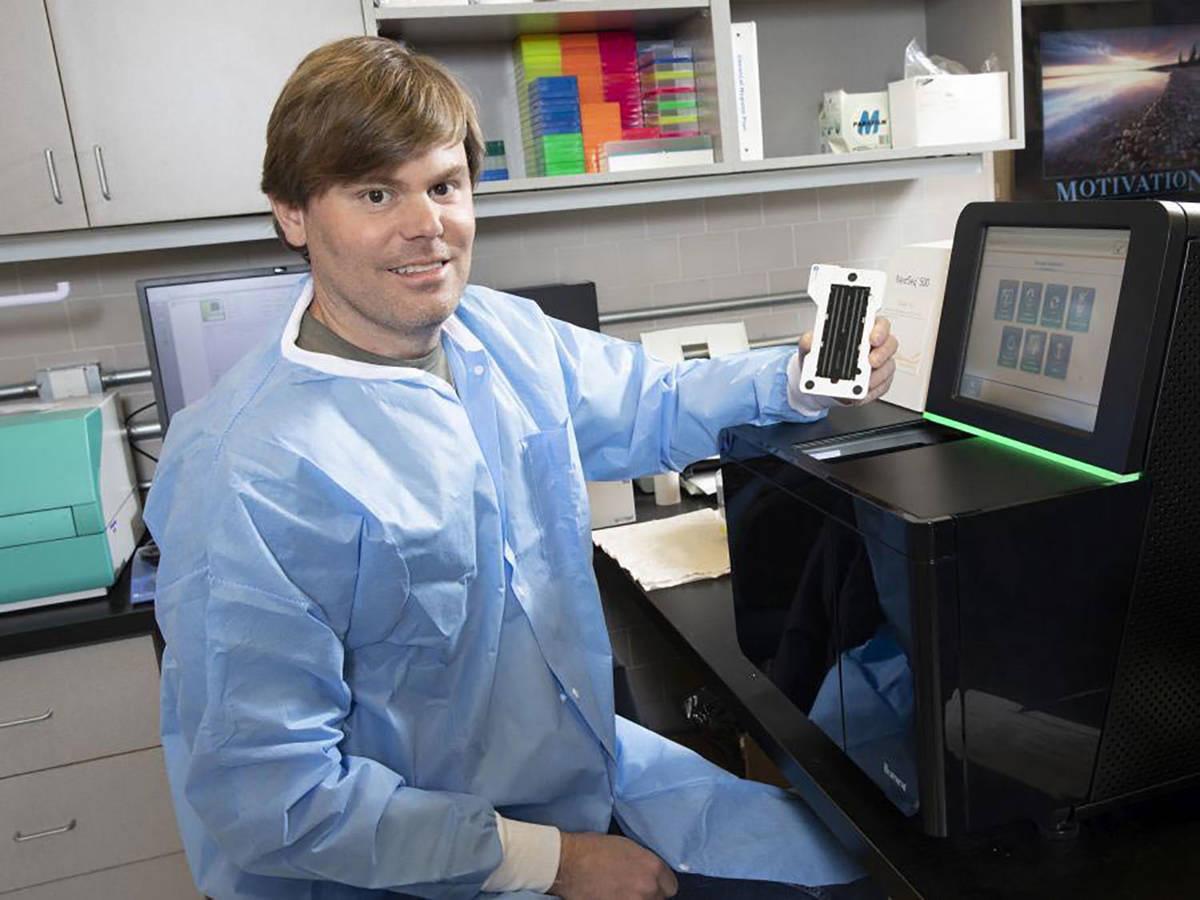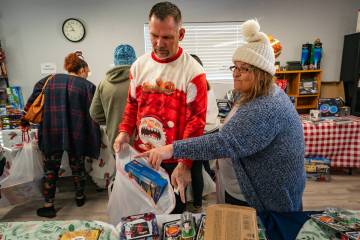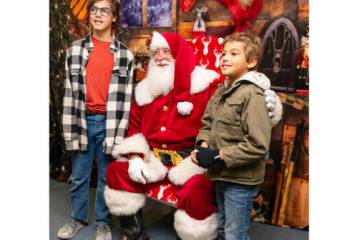UNR’s Nevada Genomics Center adding to COVID-19 knowledge
Much is being learned through DNA sequencing about the novel coronavirus that causes COVID-19, and now Nevada is contributing to this important body of scientific knowledge.
The Nevada Genomics Center at the University of Nevada, Reno is completing DNA sequencing on samples that initially tested positive for the virus through the Nevada State Public Health Lab.
The effort is happening in collaboration with the NSPHL and researchers in the department of microbiology and immunology, both part of the UNR School of Medicine.
“Probably the largest benefit will be to learn what strains of the virus are in northern and southern Nevada,” said Paul Hartley, director of the Nevada Genomics Center, one of several core laboratory facilities at the university. “The coronavirus genome can acquire mutations, and with the right amount of data, one can do epidemiological studies to understand how the virus may have spread.”
Worldwide, researchers are sharing genomes of the virus to establish its phylogenetic tree or, as associate professor Subhash Verma describes it, a complete view of the virus. Already, genomic analysis has indicated the virus in New York is a variant from Europe, while in western states it tends to be a variant of the virus in Asia.
Genomic analysis might also improve understanding of factors related to the severity of the disease. Underlying conditions and genetics help explain why the virus leaves some more severely sick than others, but the viral strain might be a contributor, as well.
“There are so many questions that can be asked and answered,” Verma said.
Hartley has sequenced more than two dozen samples, and the goal is to sequence nearly 200 samples from Nevada. Before the samples leave the NSPHL, an RNA extraction process inactivates the virus and eliminates any chance of infection as they are further tested. The samples are assigned an identification number to maintain patient anonymity.
It takes about a week to complete the sequencing, as Hartley must prepare the samples, convert them into what are called libraries, enrich those libraries for viral sequence and sequence the libraries. He has also been conducting data analysis and has developed an analysis pipeline that yields a phylogeny tree of how samples are related to one another based on acquired mutations or variants.
The sequenced results will be deposited into an international database, and further study and data analysis will be completed by UNR researchers including Verma and assistant professor Cyprian Rossetto and Mark Pandori, director of the NSPHL.
Rossetto and Verma are virologists and specialize in the application of DNA and RNA sequencing in their study of viruses. As Rossetto said, “We have quite a long history of sequencing viruses here at UNR, and additional equipment and Dr. Hartley’s expertise have allowed more capability.”
Hartley, a former principal scientist with Roche Sequencing Solutions in San Jose, California, is a molecular biologist with expertise in genomics, computational biology and next-generation sequencing. Adding to the convergence of expertise is Pandori, a public health microbiologist who is board certified in molecular diagnostics (DNA-based testing). Under Pandori’s leadership, the NSPHL became the first public health lab in the nation to construct its own COVID-19 sample-collection kits and is preparing to start limited antibody testing in the coming weeks.
Verma and Rossetto further credit Hartley as positioning the Nevada Genomics Center to complete next-generation sequencing directly from the extracted patient sample. In some laboratories the virus must be cultured first.
The more direct laboratory technique that Hartley has developed utilizes a kit to amplify very low amounts of RNA, followed by enrichment of coronavirus-specific sequence to allow the genome to be studied in greater detail. This approach is robust for a range of nasal or oral swabs taken from patients.

















